Everyone Has a Top 2018, Even CNSI
It’s the week between Christmas and the New Year. Everyone is busy recovering from food coma, planning gift certificate buying, and—of course—sharing their top moments of 2018. So, we thought we’d share our own…
One of our goals as a company is to ensure the well-being and happiness of our employees. Over the last year, we planned numerous in-office activities and philanthropic events to continue making CNSI a great place to work, while valuing what we can give back thanks to our iCare program. Here’s a list of just a few of our favorites from 2018:
10. Hosting quarterly wellness events at each project site, including self-defense and nutrition classes, health fairs, and desk meditation;
9. Participating in multiple technology and engineering career fairs, including the annual MD Bio Foundation, Inc. ATLAS event;
8. Hosting over 100 ‘agents of change’ our third annual (super fun, super cool) Bring Your Kids to Work Day event;
7. Honoring Veterans Memorial Day and Veterans Day through recognition and donations to local Veteran-focused organizations, including Fisher House and VFW Chapters;
6. Supporting disaster relief efforts from the flooding in Kerala, India to the 2018 tropical storms to the California fires; and
5. Celebrating the World Cup Tournament with ice cream, treats, and time with colleagues.

Having fun isn’t the only thing we accomplished over the last twelve months. When it comes to recognition, the company reached new heights, including:
4. Receiving the Alliance for Workplace Excellence Seal of Approval (third consecutive year);
3. Winning the Maryland Tech Council’s Government Contracting Company of the Year Award; and
2. Receiving the FedHealthIT’s Innovation Award for the Centers for Medicare and Medicaid’s (CMS) NextGen Encounter Data Processing System (EDPS)
However, we’d continue to write below the fold if we listed every accomplishment of 2018. So, we will close with our biggest, most important accomplishment of the year…
1. Delivering innovative healthcare information technology that supports better care, better health at a lower cost to over 30 million Americans.
We did this in 2018 by managing modernized Medicaid Management Information Systems (MMIS) in four states, expanding our MMIS solutions to new clients, building our Opioid Predictive Analytics tool, and developing the nation’s first-ever, best-in-show, Electronic Cause of Death application for the state of New Hampshire. With all of this momentum over the last year and our new CEO, Todd Stottlemyer, taking the reins, there is no limit to what we can accomplish, provide and innovate in 2019. We look forward to reading your top ten and seeing you in the new year!

 Last week, Todd held an introductory all-employee town hall in which he introduced CNSI to his vision for the company as he becomes its new steward. He described working with employees up and down the corporate ladder to deeply understand CNSI’s culture and operations. When asked by one of the employees what Todd’s vision is for evolving CNSI’s culture, his response was not only strategic but heartfelt.
Last week, Todd held an introductory all-employee town hall in which he introduced CNSI to his vision for the company as he becomes its new steward. He described working with employees up and down the corporate ladder to deeply understand CNSI’s culture and operations. When asked by one of the employees what Todd’s vision is for evolving CNSI’s culture, his response was not only strategic but heartfelt. 
 In the opening keynote session for the annual
In the opening keynote session for the annual  “CMS is committed to providing more treatment options for serious mental illness (SMI), including more inpatient and residential options. However, states must also demonstrate their ability to address challenges—such as effectively fighting the raging opioid epidemic,” said Mr. Azar in his opening remarks.
“CMS is committed to providing more treatment options for serious mental illness (SMI), including more inpatient and residential options. However, states must also demonstrate their ability to address challenges—such as effectively fighting the raging opioid epidemic,” said Mr. Azar in his opening remarks.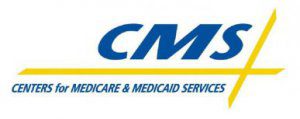
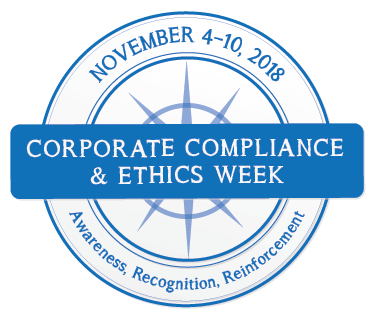 The U.S. just recently went through the
The U.S. just recently went through the 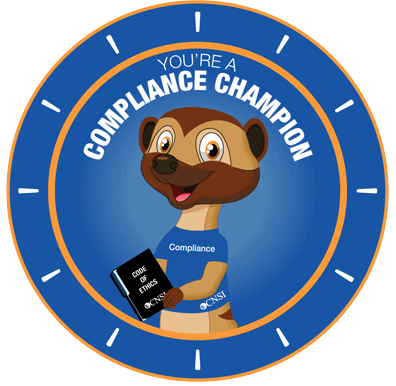
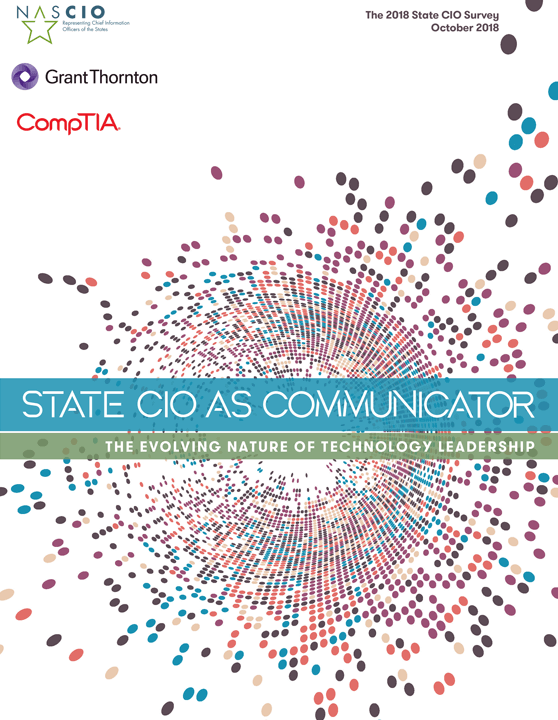 Every year, the
Every year, the 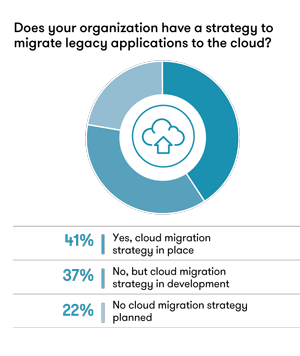 work involved than we anticipated.” As technology advances, states without a cloud strategy are missing out on significant savings, increased security, and other advantages.
work involved than we anticipated.” As technology advances, states without a cloud strategy are missing out on significant savings, increased security, and other advantages.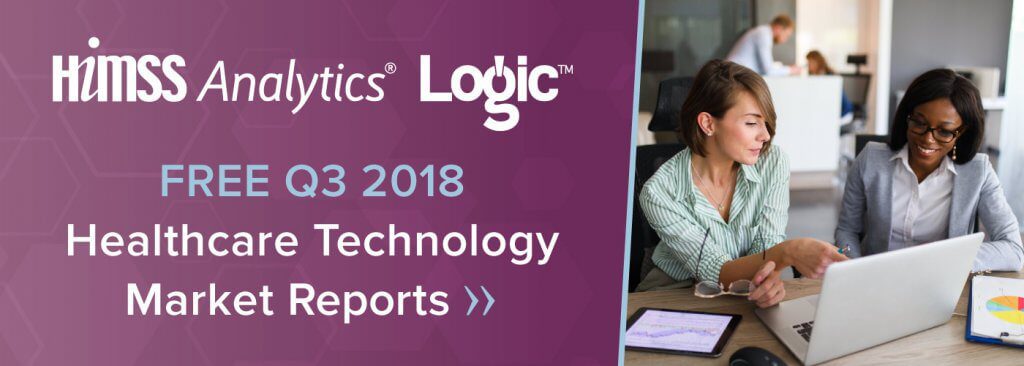
 The opioid crisis has affected millions of people worldwide. According to the
The opioid crisis has affected millions of people worldwide. According to the 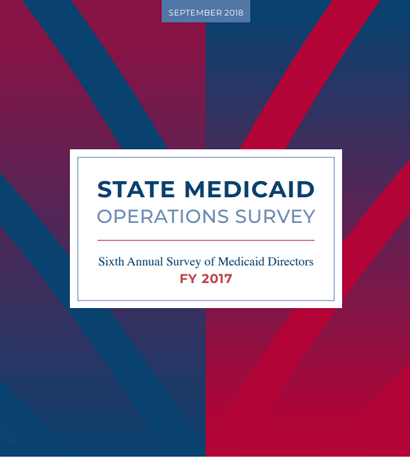
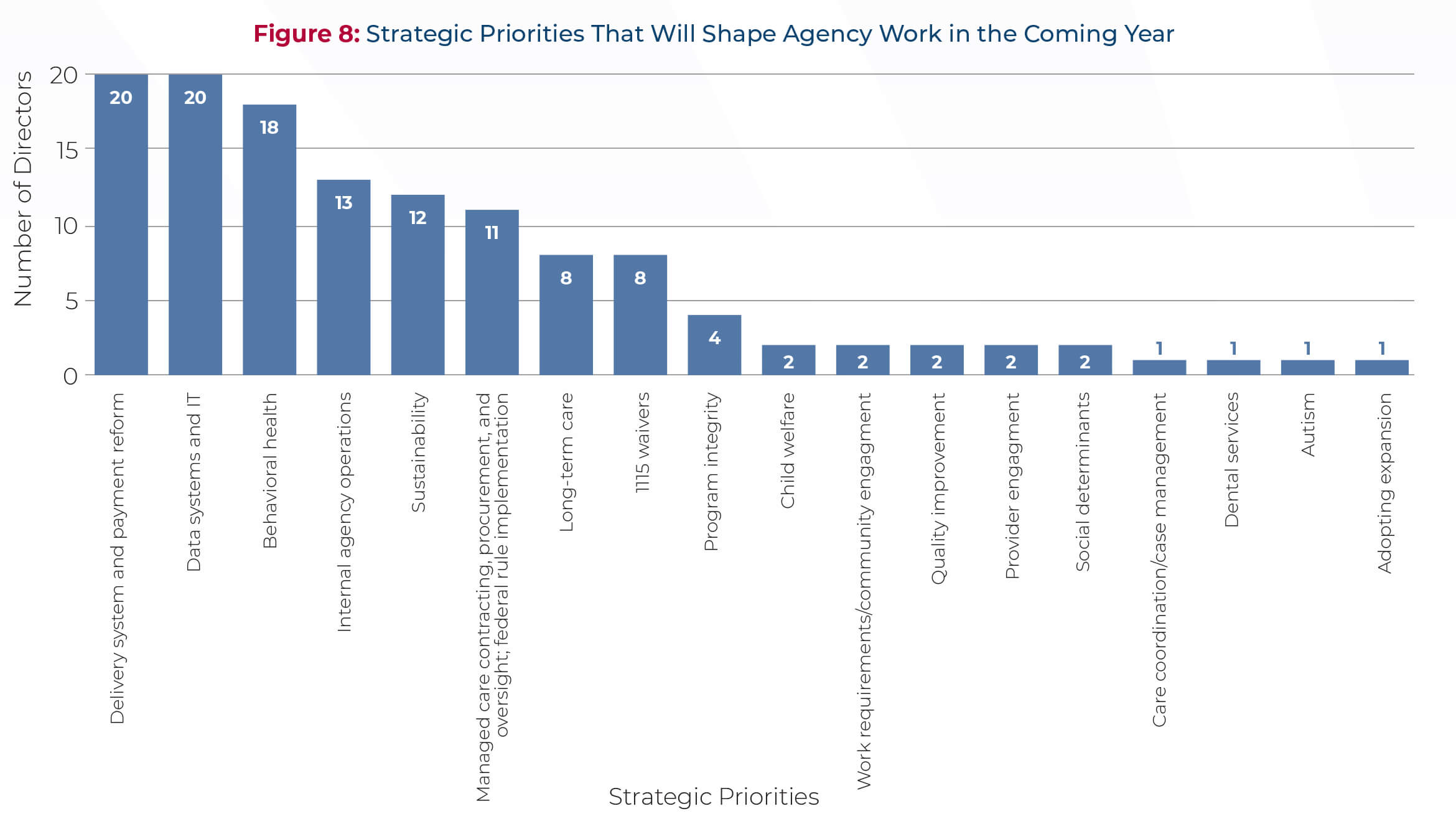
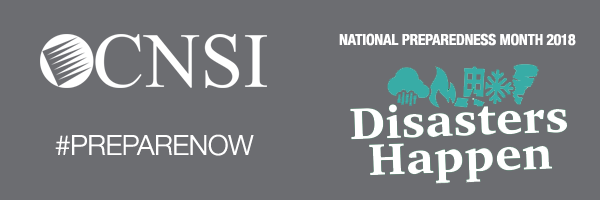
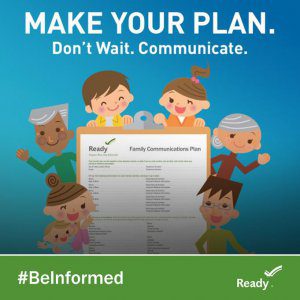 Tip 1:
Tip 1:  Medicaid beneficiaries represent the nation’s most in-need patient group. They also represent a demographic that could benefit the most from health IT innovation. That is why
Medicaid beneficiaries represent the nation’s most in-need patient group. They also represent a demographic that could benefit the most from health IT innovation. That is why